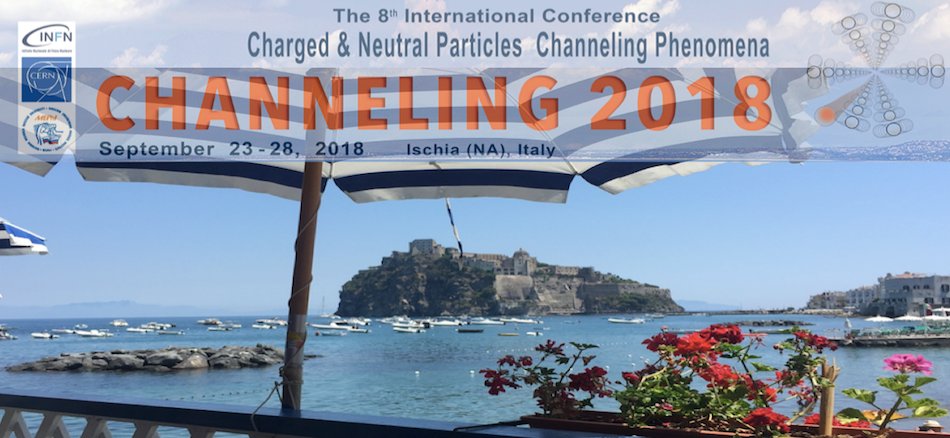Speaker
Dr
Sergey Galyamin
(Saint Petersburg State University)
Description
In the X-ray frequency region, interaction of relativistic electrons with crystals results in parametric X-ray radiation (PXR), with its frequency being determined by distance between crystallographic planes and direction of electron motion.
If instead of crystal one considers an artificial periodic structure with periods of the order of mm, one can expect emission of radiation of a similar nature at terahertz (THz) frequencies.
This frequency range is of significant interest during last decade due to its prospective applications [1].
Moreover, artificial wire-like structures are considered as a promising alternative to conventional dielectric structures for wakefield acceleration [2].
Here we consider electromagnetic (EM) field produced by a charged particle bunch moving through a lattice of parallel conducting wires.
The portion of the EM radiation related to wavelengths comparable with the periods of the structure (``short-wave response'') can be described similarly to PXR in real crystals [3].
The wire structure should be referred to as a ``wire crystal'' in this case.
Moreover, since the bunch spectrum contains relatively low frequencies, a ``long-wave response'' will also occur with wavelengths much larger then structure periods.
The portion of EM radiation related to this low frequency part of spectrum should be described using the ``effective medium'' formalism, where the discussed wire assembly is usually referred to as ``wire medium''.
This ``long-wave response'' is also of essential interest due to, for example, its non-divergent properties [4].
In this report we present several approaches for analysis of EM field in the described wire structure.
First, conventional two-wave approximation for describing the ``short-wave response'' is developed.
The main attention here is paid to investigation of EM field near the trajectory of the bunch.
Second, we use the effective medium approach and describe the ``long-wave'' part of the spectrum.
Third, we develop a method based on vibrator antenna theory which can be useful for finite length wire structure.
Moreover, a series of numerical simulation is performed and obtained results are compared and discussed.
This work is supported by the grant from Russian Foundation for Basic Research (No. 17-52-04107).
[1] G.P. Williams, Rep. Prog. Phys., V. 69(2), P. 201, (2006).
[2] P.D. Hoang, et al., Phys. Rev. Lett., V. 120, P. 164801, (2018).
[3] V. Baryshevsky and E. Gurnevich, Nuclear Inst. Meth. Phys. Res. B, V. 402, P. 30, (2017).
[4] V.V. Vorobev, A.V. Tyukhtin, Phys. Rev. Lett., Vol. 108, P. 184801, (2012).
Author
Dr
Sergey Galyamin
(Saint Petersburg State University)
Co-authors
Dr
Andrey Benediktovich
(CFEL, DESY)
Dr
Andrey Tyukhtin
(Saint Petersburg State University)
Mr
Stasis Chuchurka
(Belarusian State University)
Dr
Viktor Vorobev
(Saint Petersburg State University)

